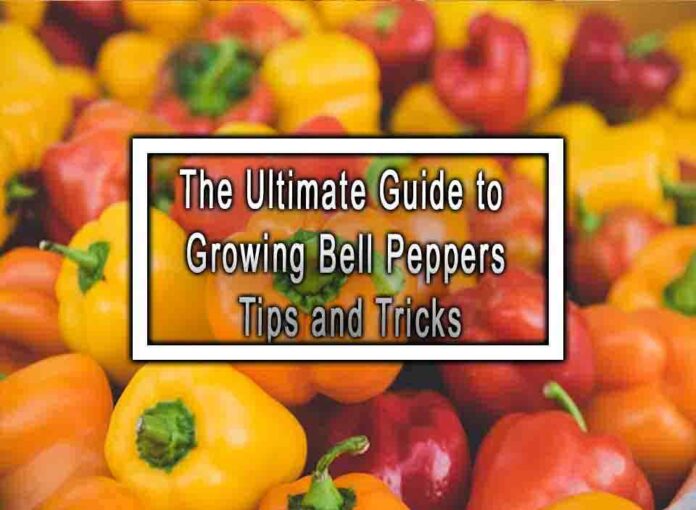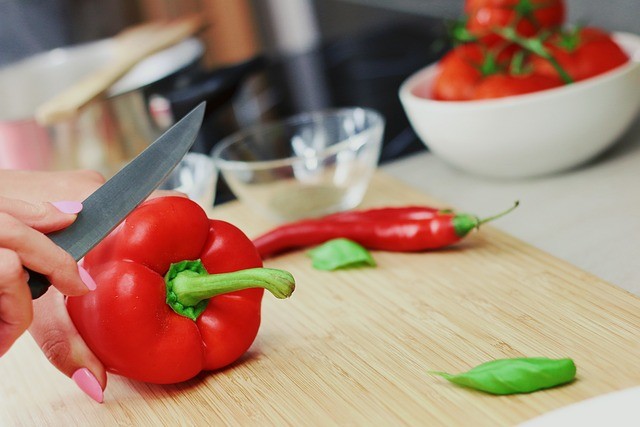Growing bell peppers can be a rewarding gardening experience, whether you have a spacious backyard or a small container garden. Bell peppers, with their vibrant colors and sweet flavors, are versatile vegetables that can be used in various culinary dishes. Here’s the ultimate guide to growing bell peppers with tips and tricks to help you have a successful pepper harvest:
1. Choose the Right Variety:
- There are different types of bell peppers, including green, red, yellow, and orange varieties. Choose the type that suits your taste preferences and growing conditions.

2. Start Indoors:
- Bell peppers require a longer growing season, so it’s recommended to start seeds indoors 8-10 weeks before the last expected frost date in your area.
3. Optimal Soil Conditions:
- Plant bell peppers in well-draining, fertile soil with a pH level around 6.0 to 7.0. Amend the soil with compost to improve its texture and nutrient content.
4. Sunlight:
- Bell peppers thrive in full sun, receiving at least 6-8 hours of direct sunlight per day. Choose a sunny spot in your garden or use containers that can be moved to follow the sun.
5. Transplanting:
- Transplant seedlings into the garden after the last frost date and once the soil has warmed up. Space the plants about 18-24 inches apart in rows or beds.
6. Mulching:
- Apply a layer of organic mulch around the base of the pepper plants to help conserve moisture, suppress weeds, and maintain even soil temperatures.
7. Watering:
- Bell peppers require consistent watering to prevent stress and encourage healthy growth. Water deeply but avoid overwatering, which can lead to root rot.
8. Fertilization:
- Fertilize pepper plants with a balanced, slow-release fertilizer when transplanting. You can also provide a diluted liquid fertilizer every few weeks during the growing season.
9. Supporting Plants:
- As the pepper plants grow, they may become heavy with fruit. Consider using stakes, cages, or trellises to support the plants and prevent them from bending or breaking.
Growing bell peppers requires patience and attention, but the results can be incredibly satisfying. Whether you’re adding them to salads, stir-fries, or stuffed pepper dishes, your homegrown bell peppers will surely add fresh and vibrant flavors to your meals.











